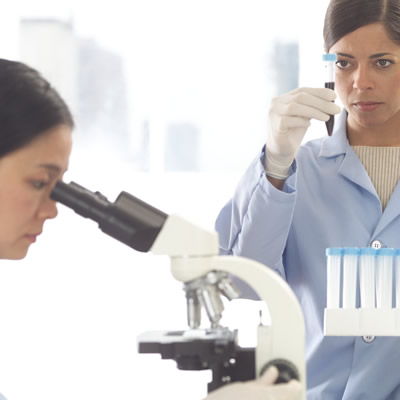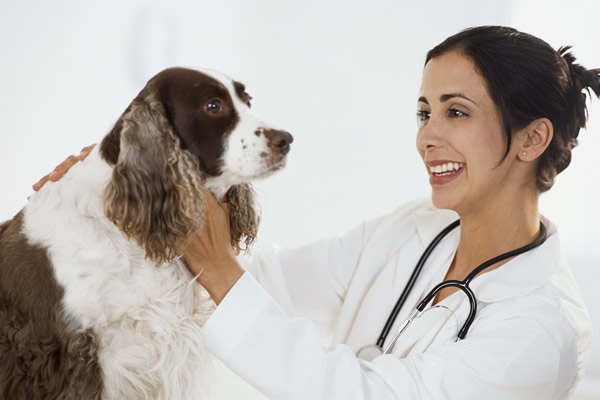E-Epidemiology
Intro
Both in veterinary practice and for the protection of human and animal health, veterinarians apply diagnostic tests on a routine basis. For example a dog owner may ask for a diagnostic to ensure the best care for his pet or for trade purposes a country is required to provide proof for freedom of a certain disease. Diagnostic test have many other applications such as disease surveys, individual animal travel or proving freedom from disease.



In addition diagnosis often builds the basis for disease control measures. Examples include:
- Tuberculin test and eradication of tuberculosis in cattle
- Infectious Bovine Rhinotracheitis serologic screening and vaccination of positive animals
Diagnosis should therefore be based on facts (i.e. evidence-based) and not only on rough guesses!
This means you need to be able to:
- Validate new tests (comparing them against existing reference standards),
- Understand the properties of tests to assess their fit-for-purpose and
- Interpret the test results in the context of the test characteristics and the disease background (true prevalence)

Three Hereford heifers after a TB test in the United Kingdom. Reactors - cattle which produce an allergic reaction to the test, indicating antibodies to bovine tuberculosis are slaughtered and movements of an affected farm restricted [Source: Richard Webb].
Image source